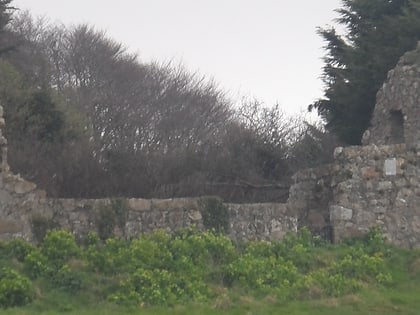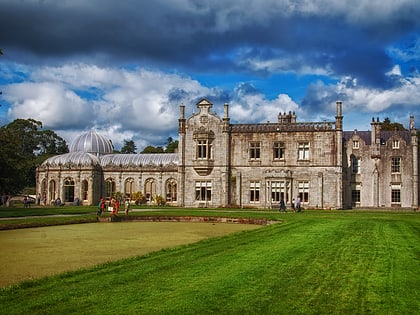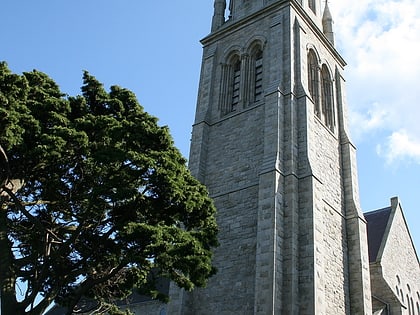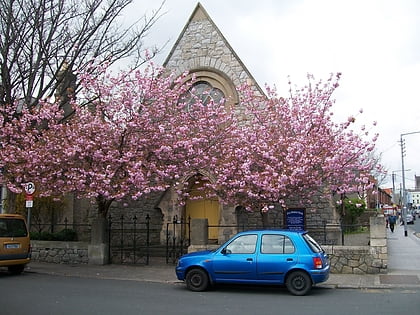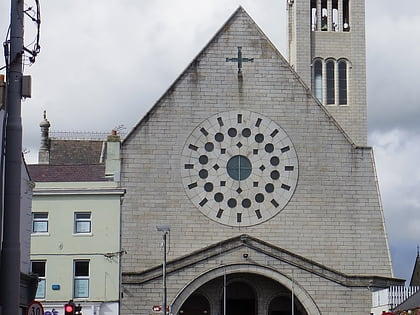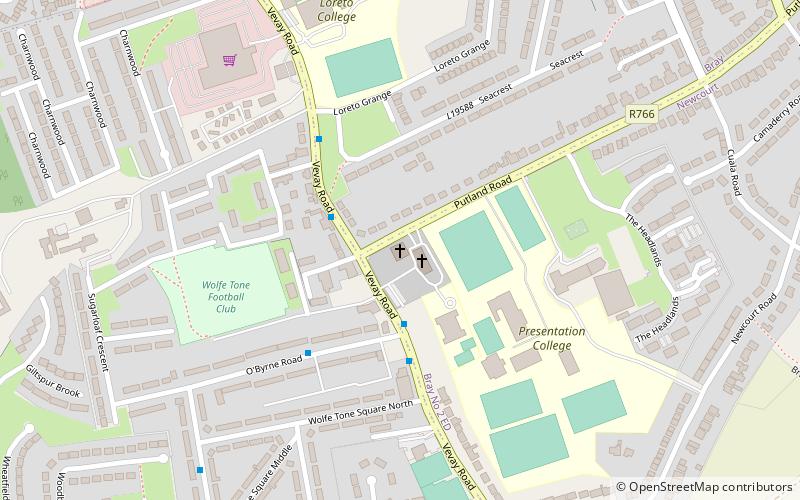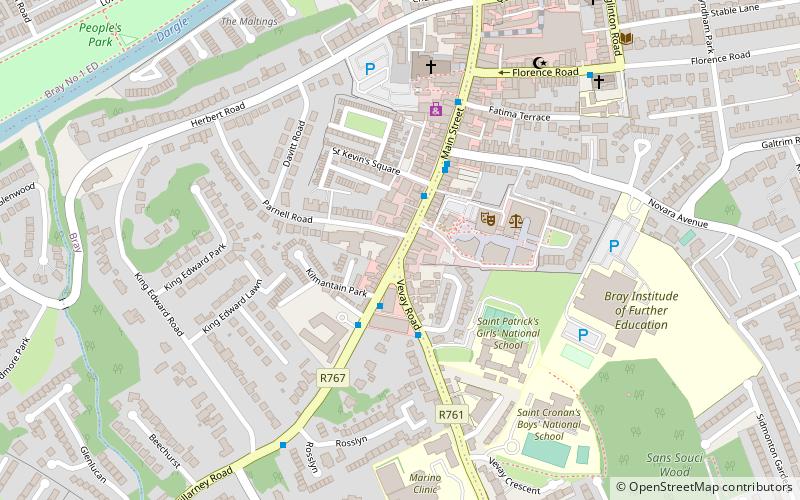Raheen-a-Cluig, Bray
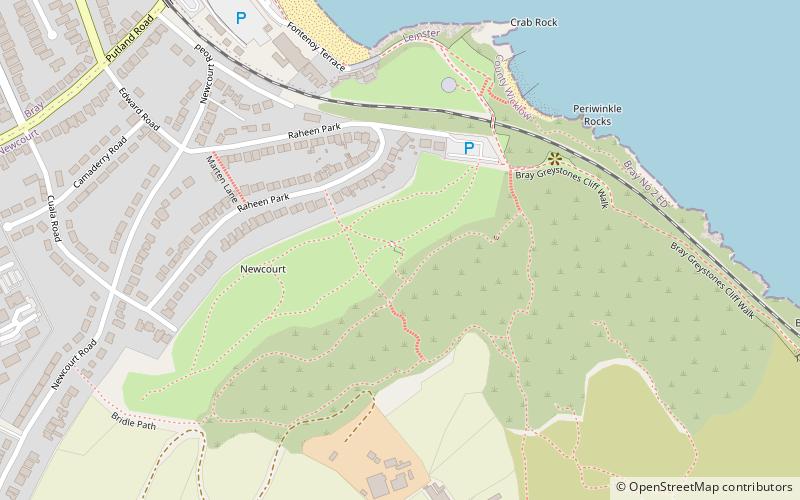

Facts and practical information
Nestled on the southern slopes of Bray Head in County Wicklow, Raheen-a-Cluig, also known as the Church of the Rock, is a captivating archaeological site that offers a glimpse into Ireland's ecclesiastical past. This ancient church, whose name translates to "little fort of the bell," dates back to the early medieval period, standing as a poignant testament to the country's rich spiritual heritage.
Raheen-a-Cluig is believed to have been established in the 6th century, with its current structural remnants likely dating from the 12th century. This site was once part of a monastic settlement, strategically positioned overlooking the Irish Sea, which served as a beacon of religious devotion and education for the region.
The modest ruins of Raheen-a-Cluig consist of a nave and a chancel, with the church's eastern window being a notable feature for its simplistic yet enduring Romanesque style. Despite its ruinous state, the site emanates an aura of serenity and timelessness, inviting visitors to ponder the lives of those who worshipped within its walls centuries ago.
The church also boasts a rich folklore, with local legends speaking of hidden treasures and secret tunnels leading to nearby St. Valery's, another historical landmark. Such tales add to the mystique of Raheen-a-Cluig, intertwining the site's historical significance with the imaginative narratives of the community.
Raheen-a-Cluig is not just an archaeological curiosity; it offers panoramic views of the surrounding landscape and the bustling town of Bray below. Its location on Bray Head provides an excellent starting point for walkers and hikers eager to explore the scenic trails leading to the summit, where one can enjoy breathtaking vistas of the coastline.
Bray
Raheen-a-Cluig – popular in the area (distance from the attraction)
Nearby attractions include: Bray Head, Killruddery House, Christ Church, Bray Methodist Church.
